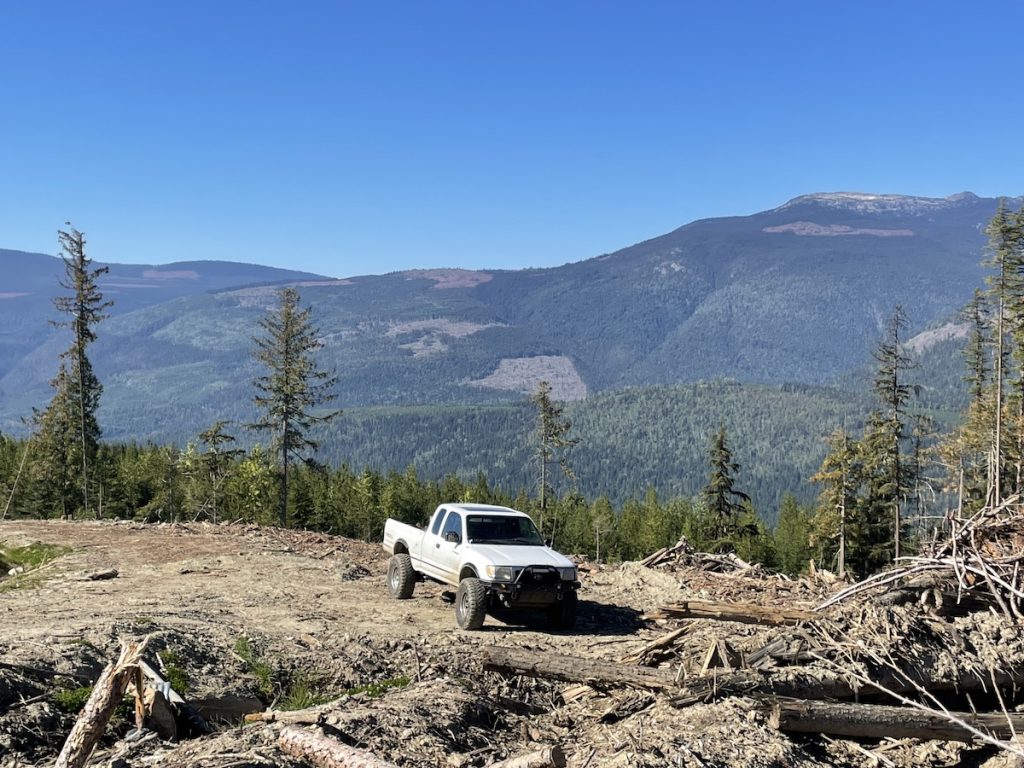Kobrea Exploration outlines copper-in-soil anomaly at Upland Copper Project, British Columbia

Kobrea Exploration Corp. [CSE-KBX] reported soil geochemical results from initial exploration activities at the Upland Copper Project. The 5,300-hectare, road-accessible project is located 20 km northeast of the town of Barriere and 20 km south of the Taseko Mines Limited’s Yellowhead Project in south-central British Columbia. Upland Copper is host to a copper-dominant, remobilized polymetallic volcanogenic massive sulphide deposit that is open for expansion.
Highlights: 1,400-metre by 800-metre soil anomaly outlined. Highly anomalous portion of greater soil anomaly measures 600 m x 600 m comprising 112 samples; 21 of 112 (19%) of samples greater than 1,000 ppm copper; 60 of 112 (54%) of samples greater than 500 ppm copper. Gold-in-soil samples up to 1.73 g/t gold untested by drilling.
Crews have completed soil geochemical and passive seismic surveys over a portion of the area of historically defined copper mineralization. The soil geochemical survey was designed to infill historical geochemical surveys and to provide multi-element and precious metal analytical results not collected by previous operators. The data has outlined an area of highly anomalous copper-in-soil that coincide with anomalous gold-in-soil and reaffirms the requirement for additional drilling in this area of the deposit.
A highly anomalous portion of the greater 1,400 m x 800 m copper-in-soil anomaly measures approximately 600 m by 600 m. This area has seen historical drilling which exhibited locally higher-grade copper (e.g. DDH-08-07: 4.0 metres at 1.0% copper from 81.5 metres). With nominal drill spacing of at least 120 m, additional infill drilling which will also look to extend mineralization to depth is warranted in this portion of the historically defined copper mineralization.
Gold-in-soil values up to 1.73 g/t gold (sample L23-06) coincide with the highly anomalous copper-in-soil anomaly which suggest potential for appreciable gold content which has been shown to be present, albeit somewhat erratic, in historical drilling. Historical drilling did not test the immediate location of sample L23-06, with the nearest drill hole being 200 metres away. This area warrants drilling for both copper and precious metal potential.
The Upland Copper Project is host to a bulk-tonnage, remobilized polymetallic volcanogenic massive sulphide deposit that is open to expansion. Historical drilling indicates that mineralization is open to depth, with numerous holes bottoming in copper mineralization including drill hole P-70-9 which averaged 0.32% over the entire 74 metres of the hole. The deepest drilling to date reached a depth of 235 metres.
A 3,700 m by 1,000 m area of anomalous copper-in-soils extends south beyond historical drilling approximately 1.5 km, with large portions of the copper-in-soil anomaly untested by drilling. Induced Polarization (IP) surveys completed by previous operators have outlined a 4.0 km by 1.2 km chargeability high anomaly that further supports the upside exploration potential of the system.
